
Overview
Buying photography gear is as much about passion as practicality. At DutchThrift.com, we believe in giving cameras and lenses a second life—because great tools don’t expire, they evolve. Whether you’re picking up your first vintage film body or upgrading to a mirrorless setup on a budget, our curated second-hand selection helps photographers of all levels capture their vision sustainably.
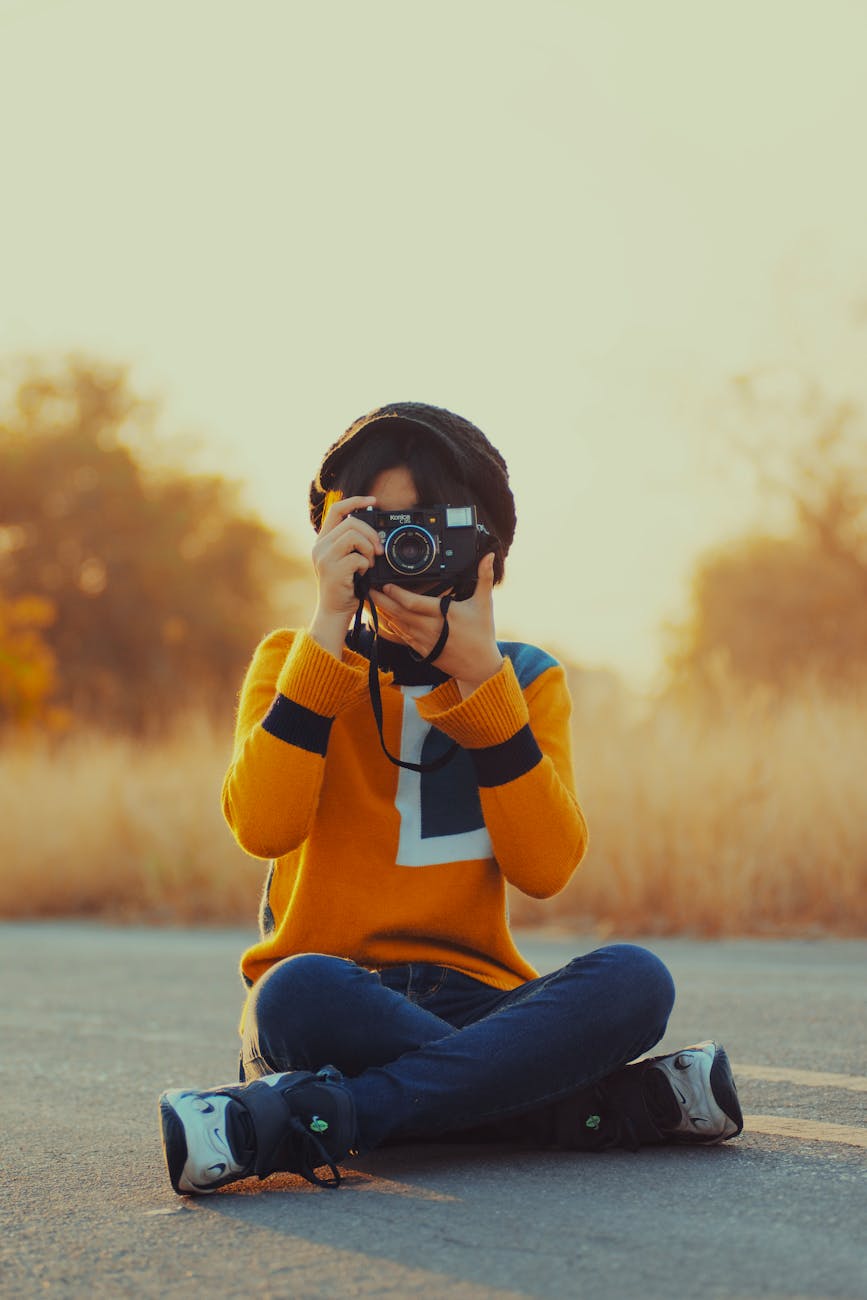
Key features
What defines good used gear? Reliability, compatibility, and optical quality come first. Look for cameras with durable magnesium alloy bodies, intuitive control dials, and accessible menu systems. Lenses with clean optics, smooth focusing rings, and snappy apertures are clear indicators of careful previous ownership.
Build and design
Older models like classic DSLRs or film cameras often feature solid metal frames and tactile feedback missing from many modern designs. Weather sealing, ergonomic grips, and replaceable mounts also enhance longevity—essential traits in second-hand gear.

Performance essentials
Ensure sensors or film planes are dust-free, batteries are replaceable, and camera ports function correctly. For digital bodies, firmware updates and memory card compatibility make daily use smoother. For lenses, verify autofocus accuracy and ensure image stabilization systems run silently.
Handling & workflow
Working with pre-owned photography gear can be surprisingly intuitive once you adjust to its physical feedback. Many older cameras have mechanical dials for ISO, shutter speed, and exposure compensation, delivering tactile precision that translates beautifully into creative control.
In workflows, second-hand gear shines through its reliability and simplicity. Batteries last long, menu layouts are less cluttered, and connections—whether USB or HDMI—remain practical for both field shooting and studio setups.
Maintenance tips
- Store gear in a dry, dust-free environment.
- Use silica gel packs to prevent internal moisture.
- Operate zoom or focus rings monthly to keep seals supple.
- Regularly back up your firmware or notes for consistent results.

Image quality
Contrary to popular belief, second-hand cameras can produce astonishing image quality. Sensor performance, lens sharpness, and dynamic range depend more on optics and technique than on manufacturing date. Many DSLRs from ten years ago can still deliver professional-level resolution and beautiful color rendering.
Lenses, especially primes, often age gracefully. Their glass coatings may mature into unique character traits that bring subtle warmth or contrast changes appreciated by photographers seeking style and authenticity over digital uniformity.
Real-world performance
Shooting nature, city streets, or portrait sessions with a second-hand setup provides tactile satisfaction. The slightly heavier bodies promote steady framing, while optical imperfections can enhance story and mood. When paired with modern editing software, these tools remain timeless companions for both art and work.
Who it’s for
Second-hand photography gear suits a variety of users—students mastering fundamentals, travelers needing compact reliability, and professionals seeking backup systems without excess costs. More importantly, it appeals to environmentally conscious creators who value sustainability and craftsmanship in equal measure.
If you love the sound of a shutter click or the feel of metal controls under your fingers, second-hand gear connects you directly to decades of photographic history. It reminds us that creativity isn’t about owning the newest model but about seeing differently.
Verdict
Buying second-hand cameras and lenses is both an economical and ethical choice. It supports circular design, reduces e-waste, and empowers you to build a kit that truly matches your shooting style without compromise. With careful research, honest inspection, and a little patience, second-hand photography gear rewards you with reliability and soul that no factory-fresh product can replicate.
Whether you shoot on film or digital, macro or landscape, DutchThrift.com has a growing collection of carefully inspected equipment to help you tell your story with confidence and conscience.
Ready to find your next camera companion? Explore our latest second-hand selections at DutchThrift.com and capture more sustainably—one frame at a time.
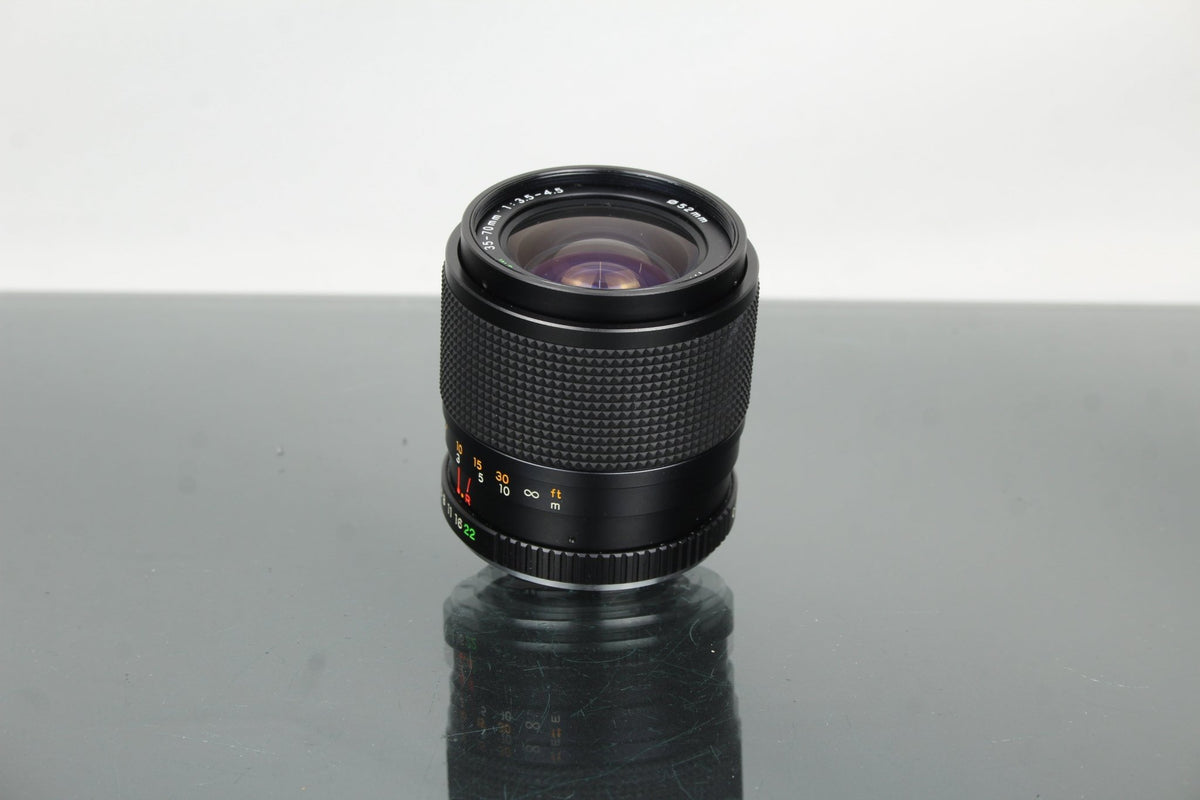

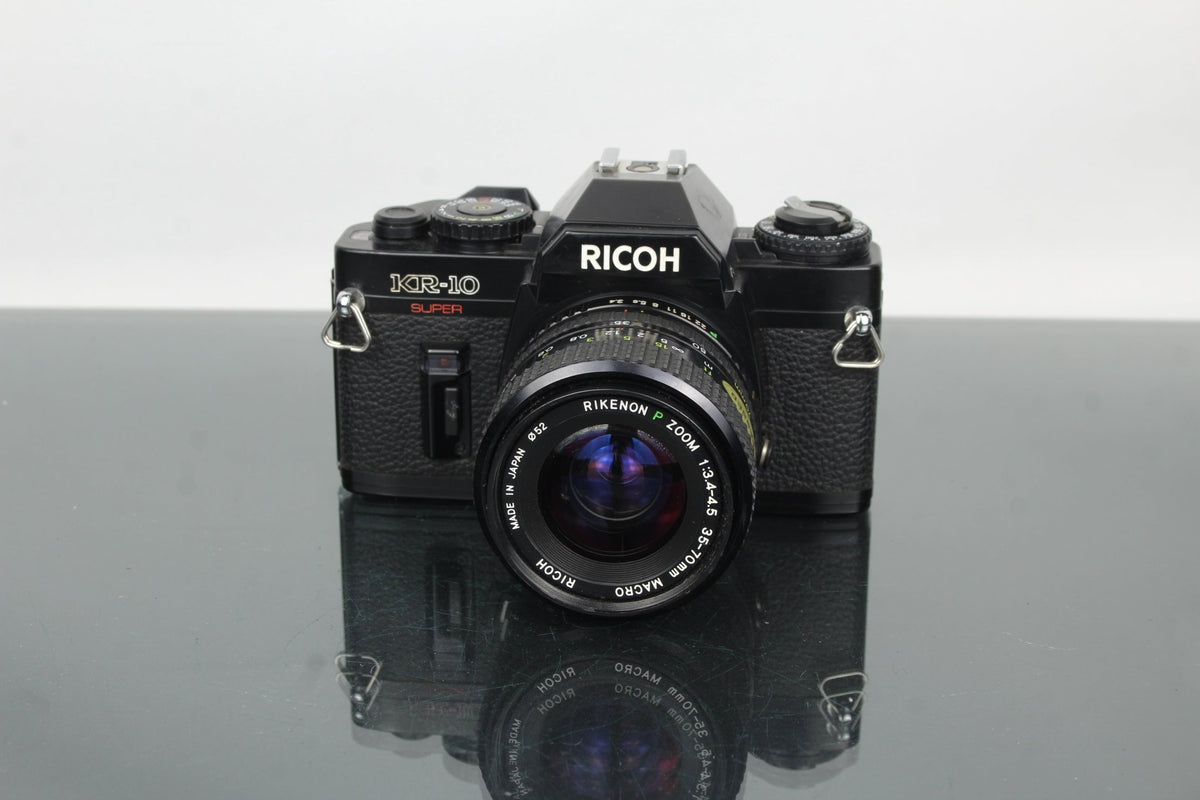
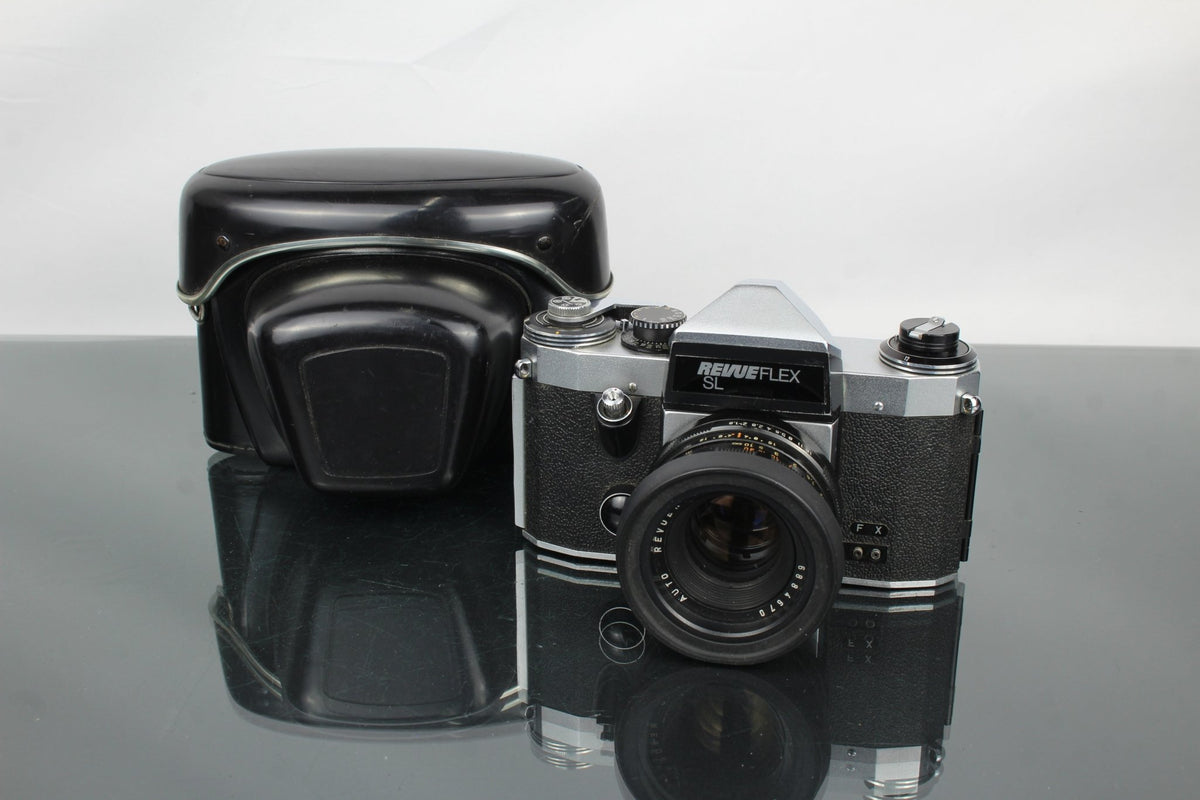
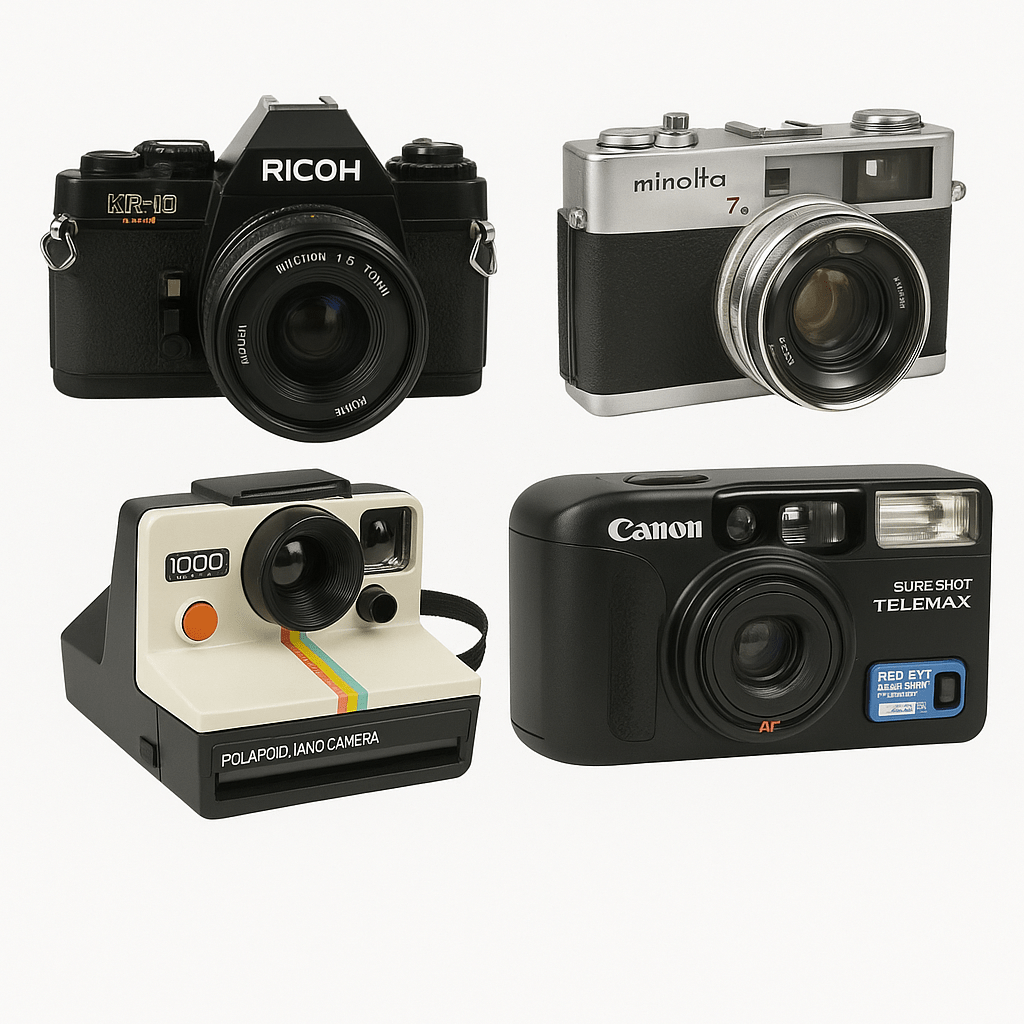
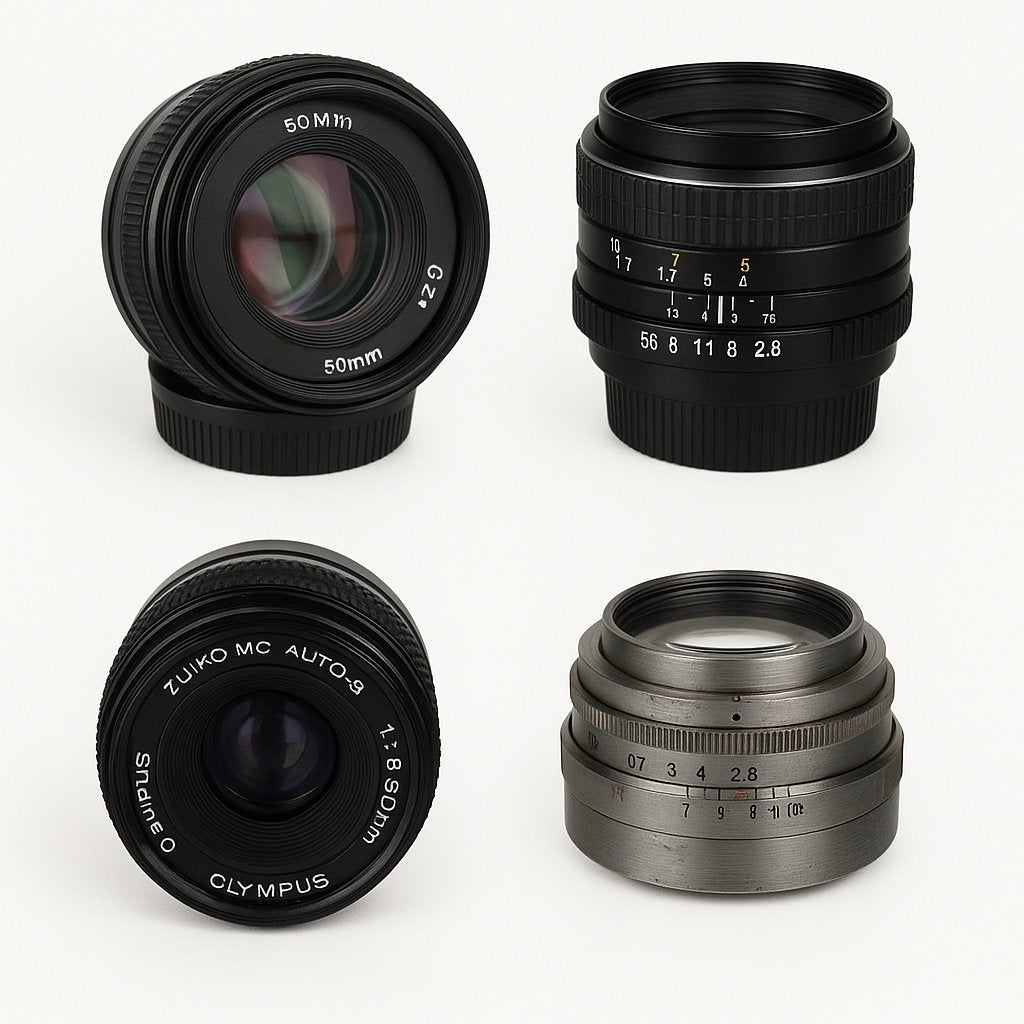
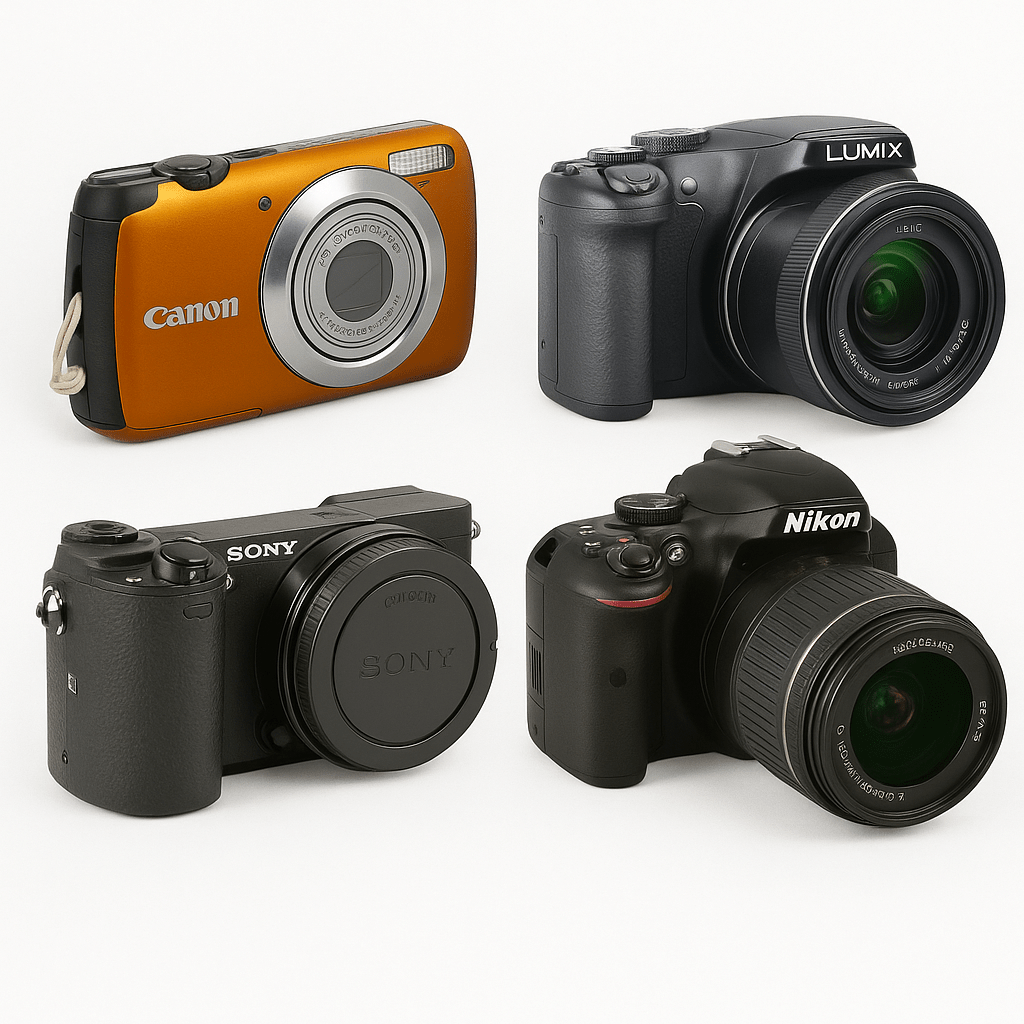
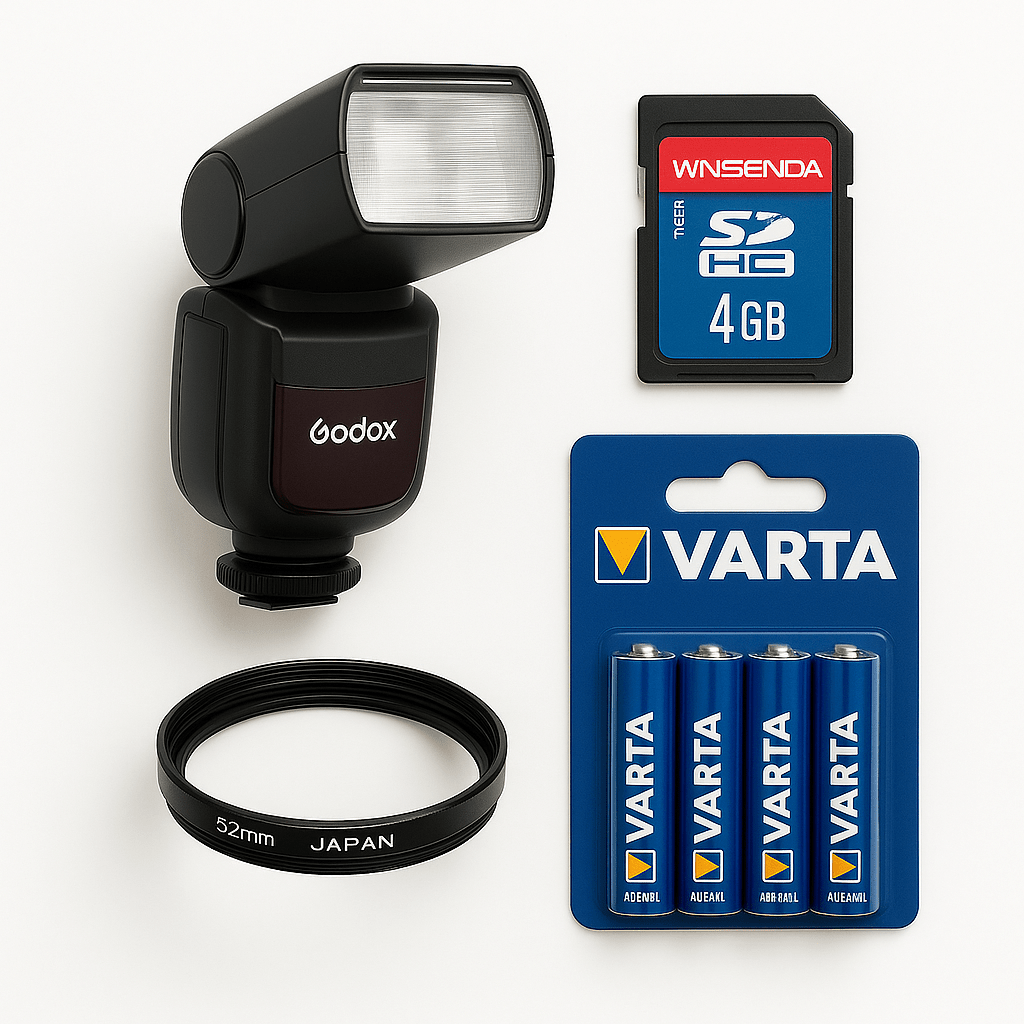
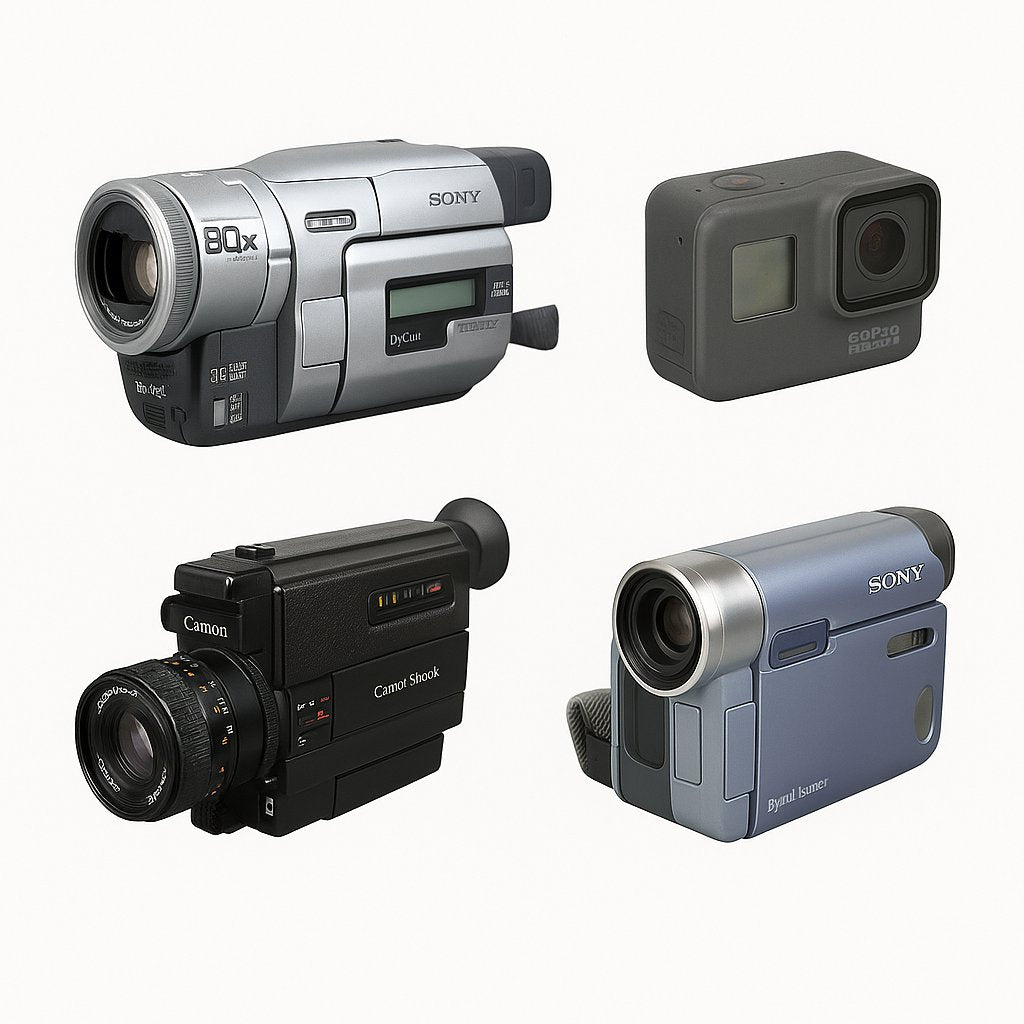
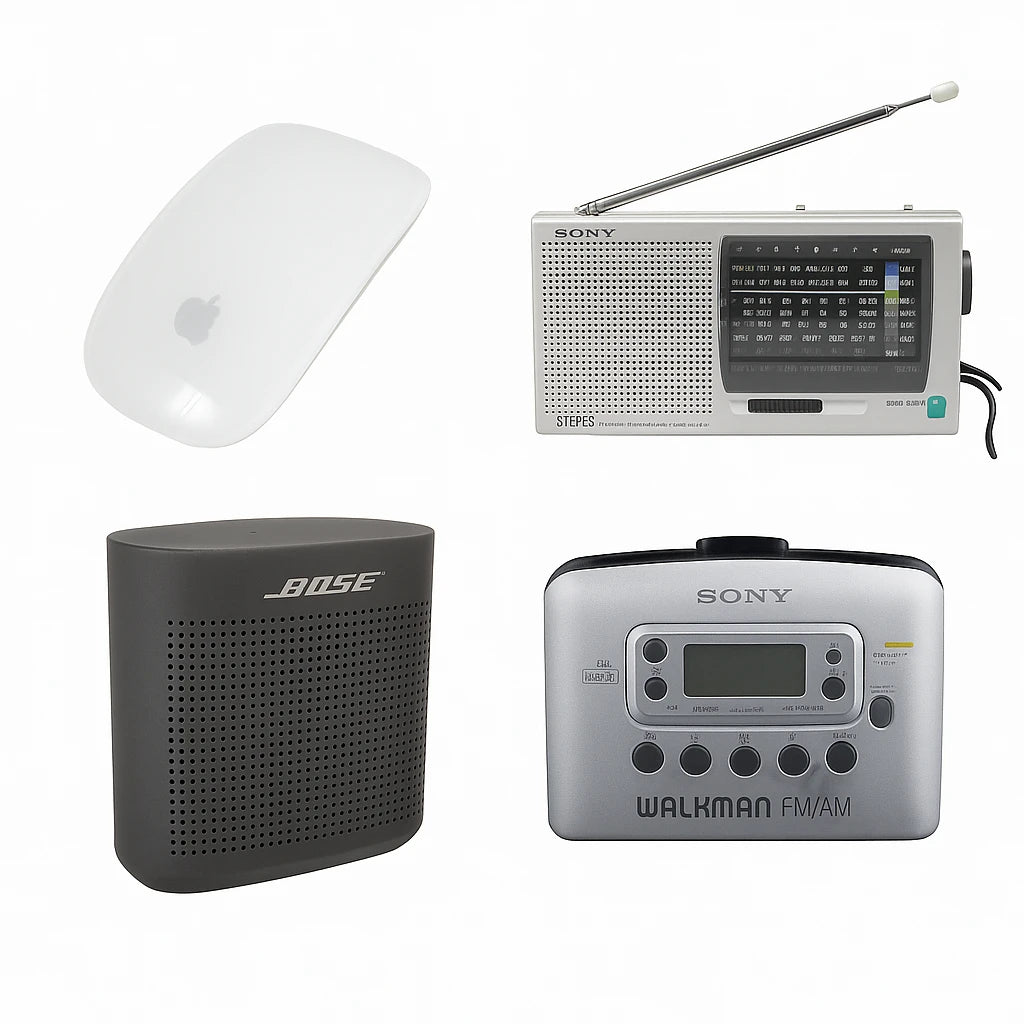
0 kommentarer